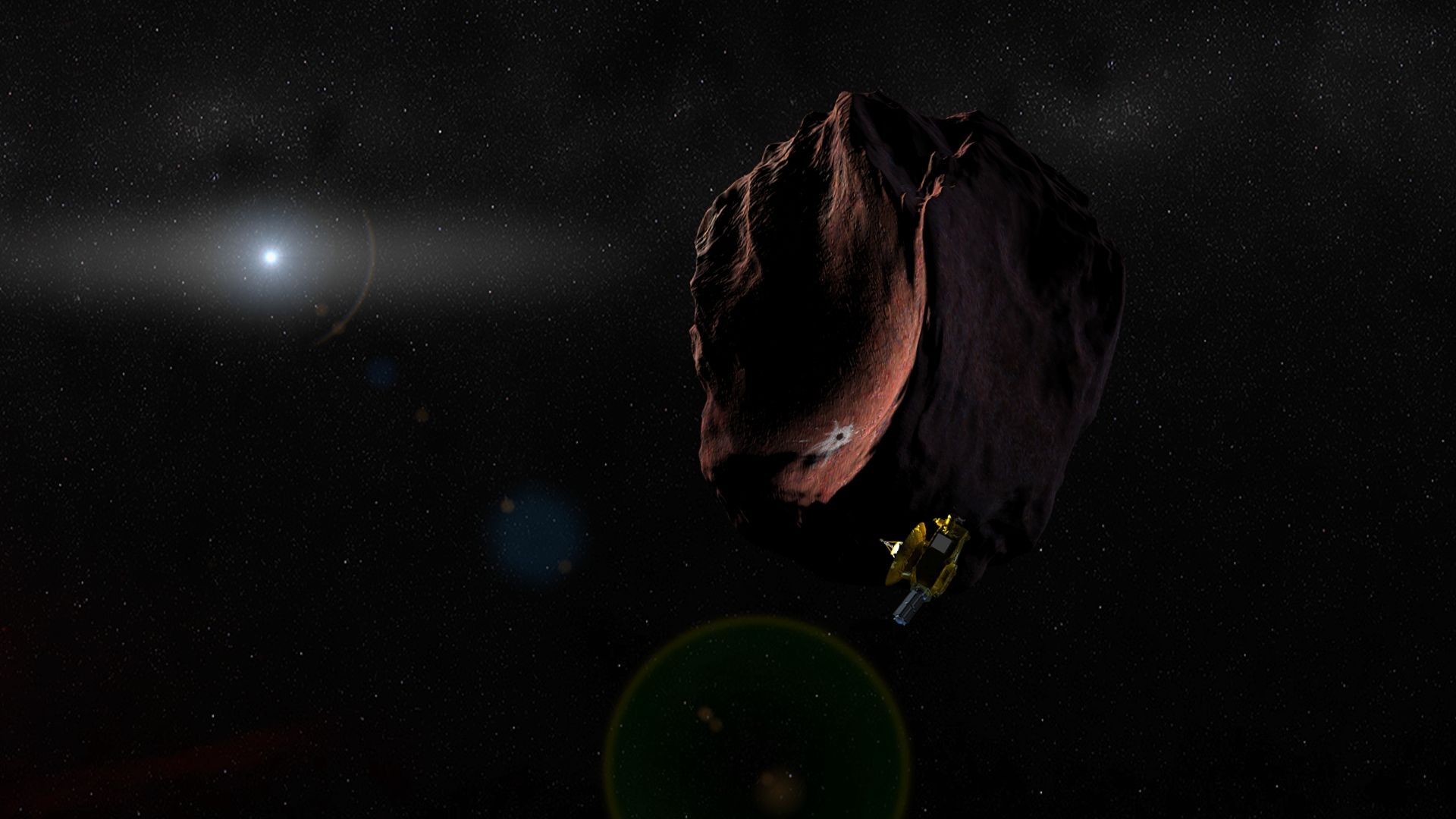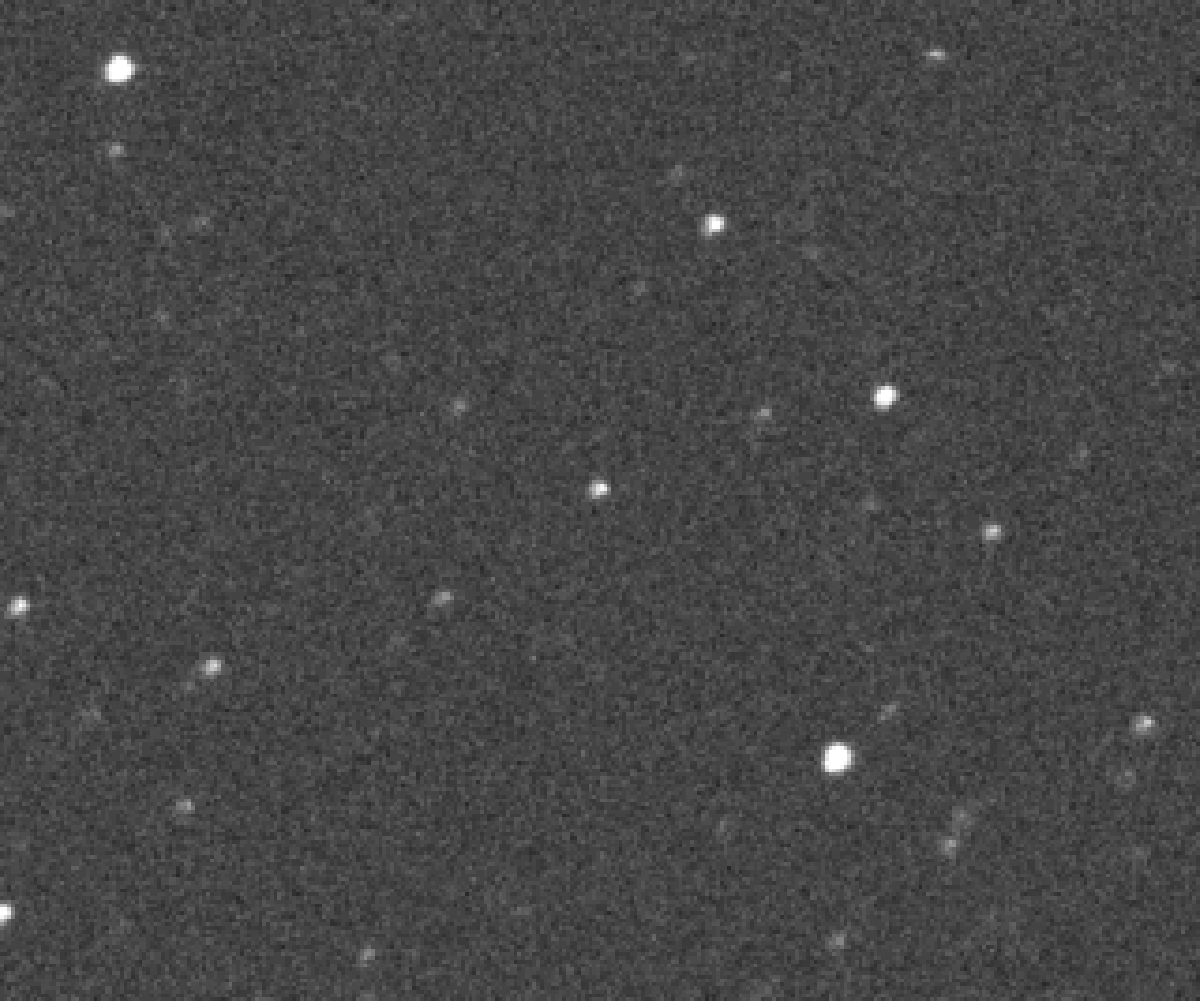
NASA just caught a glimpse of the mysterious and elusive object that its New Horizons spacecraft will visit next.
At least five of 24 mobile telescopes carefully placed in the remote region of Chubut and Santa Cruz, Argentina, captured the 200 milliseconds, or 0.2 seconds, in which the Kuiper Belt object passed in front of a distant, unnamed star, briefly obfuscating its light, in the early hours of July 17.
NASA scientists had been waiting for this moment for months. This was the third attempt at "occultation", blocking the light from nearby stars as to capture the shadow of an object moving in front of a background star, which can reveal important information about the object's shape, size, orbit and surrounding environment which will be crucial for the planning of the upcoming flyby mission.

Known as 2014 MU69 after the year in which it was first discovered, the Kuiper Belt object lies in our solar system, more than four billion miles (6.5 billion kilometers) away. The object's distance and faint brightness made it challenging for scientists to study, casting an aura of mystery around it.
The primitive solar system object is the rocky remnant of planetary formation. 2014 MU69 is known as a cold classical object, not so much due to its temperature as to the state of its orbit, which does not bring it close to any other body. Having largely avoided external disturbances and collisions, scientists expect the object to reveal insights about the formation of the solar system.
Monday's was the third and most successful of three occultation campaigns, which will contribute to answer some of the questions the scientists have ahead of the New Horizons spacecraft flyby, scheduled for January 1, 2019.
"It was the most historic occultation on the face of the Earth," said Jim Green, NASA's director of planetary science in a congratulatory call to the team, as the space agency reported in a statement. "You pulled it off and you made it happen." NASA scientists also credited support from the local community, including Argentinian scientists, government officials and citizens, as a crucial component of the occultation's success.
A major highway was closed for two hours to avoid disturbance from car headlights. Street lights were turned off, telescopes placed in people's backyards and trucks parked strategically to serve as wind breaks. "The local people were a major team player," said Marc Buie of the Southwest Research Institute (SwRI), who led the 60-people team of observers, who will now study the data obtained during the occultations to plan the upcoming flyby.
The New Horizons spacecraft already completed a successful flyby mission to Pluto in 2015. Located a billion miles further away from our sun than Pluto, 2014 MU69 is scheduled to be the farthest object ever encountered by any spacecraft.
"Spacecraft flybys are unforgiving," SWRI New Horizons Principal Investigator Alan Stern said in May ahead of the occultations, "[The occultations] help us plan for a very unique flyby of a scientifically important relic of the solar system's era of formation.
Uncommon Knowledge
Newsweek is committed to challenging conventional wisdom and finding connections in the search for common ground.
Newsweek is committed to challenging conventional wisdom and finding connections in the search for common ground.
About the writer
Sofia Lotto Persio reports mainly on Asia and gender issues for Newsweek. She previously covered international affairs with a specific ... Read more
To read how Newsweek uses AI as a newsroom tool, Click here.








